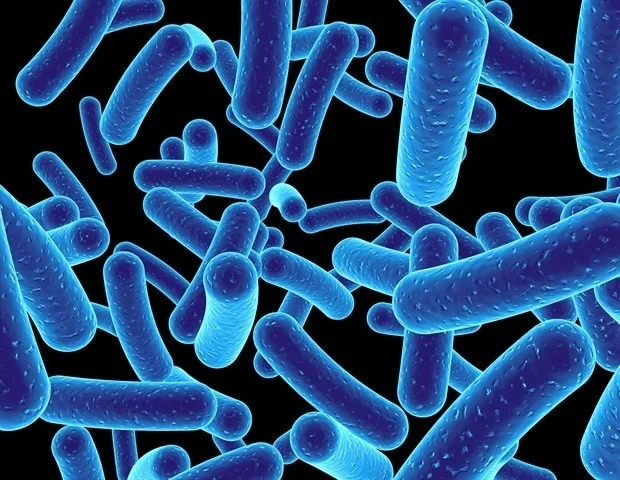A patient with end-stage kidney failure must choose between lifelong hemodialysis or a kidney transplant. Making the right choice involves considering many biological and social factors.
Healthy kidneys filter out toxic waste from the body. When they are damaged or fail to function optimally, waste can start to build up in the body, which can affect the functioning of other organs as well. Kidney failure can be acute or chronic. However, in both cases, it requires immediate medical intervention.
Sometimes a person with early kidney damage remains unaware of their condition, which can often lead to delayed diagnosis and treatment. If the disease goes unchecked, it can progress and lead to irreversible damage to the kidneys.
Treatment for end-stage renal disease or failure is usually dialysis or a kidney transplant. While both have their pros and cons, studies have shown better clinical outcomes with a kidney transplant as opposed to dialysis.
In this article, we will understand the difference between the two treatments and which one might be a better choice under specific conditions.
Kidney Transplant versus Dialysis: Understanding the Differences
To understand the difference between a kidney transplant and dialysis, it is important to first understand them individually.
Just like kidneys filter out waste and excess water from your blood, dialysis is an artificial procedure that performs the same function using filtering machines or equipment. It is also called renal replacement therapy. It prevents the waste products in the blood from reaching hazardous levels. It can be hemodialysis or peritoneal dialysis, intermittent or continuous, depending upon the type opted for by the patient or prescribed by the doctor. Hemodialysis is usually done up to three times a week. In this procedure, a person’s blood is circulated outside the body through a filtering machine, and the filtered blood is returned to the body using a flexible tube called a catheter. This 3 to 5-hour process may take place in a hospital, dialysis center, or even at home under the guidance of experts.
In peritoneal dialysis, filtration happens through diffusion. The tiny blood vessels inside the lining of the abdomen filter blood with the aid of a dialysis solution, which is instilled through a small surgically placed tube in the abdomen.
For some people, peritoneal dialysis gives a greater sense of freedom. However, it is fraught with a higher chance of infection if strict antisepsis is not maintained.
Kidney transplant involves the surgical placement of a healthy kidney from a donor into the recipient’s body. The patient can survive with just one healthy transplanted kidney, which compensates for the two damaged kidneys.
Which One is Better?
This depends on many factors. Pre-existing comorbidities, age, availability of a donor, and economic concerns play pivotal roles in making a decision. Both treatment options can be appropriate for specific conditions. Dialysis can be a suitable treatment option for those of advanced age, poor performance status, and limited life expectancy.
Dialysis is more economical than a kidney transplant initially, but in the long run, it can cost more than a transplant. Moreover, dialysis can make a person more dependent on day-to-day medical intervention, which can be taxing for the patient. It restricts them from traveling.
Patients can develop infections in the dialysis catheter, or in rare cases, a blood clot. Dialysis also interferes with fertility. Women who are on dialysis might find it difficult to get pregnant due to the higher levels of waste products to process. The average life span of a patient on dialysis is 5 years. Due to these risks and complications, most patients on dialysis have a poor quality of life and an average survival of 5 years after commencing dialysis.
A kidney transplant, on the other hand, can be initially expensive, but it significantly improves a patient’s quality of life. It can make a person less dependent on day-to-day care, give them more freedom or autonomy, and allow them to lead a more productive life with fewer restrictions.
Studies have shown that a kidney transplant is a better treatment option in terms of increasing life expectancy and improving quality of life. After a kidney transplant, the patient needs to be on immunosuppressant drugs for life to avoid transplant kidney rejection. The donor must be a willing, fit person who is related to the recipient.
Both treatment options can be recommended for patients with kidney failure, depending on their health condition and other related factors.
The author is the Director & Head of Department of Urology, Robotics & Renal Transplant at SHALBY Sanar International Hospitals, Gurugram.











